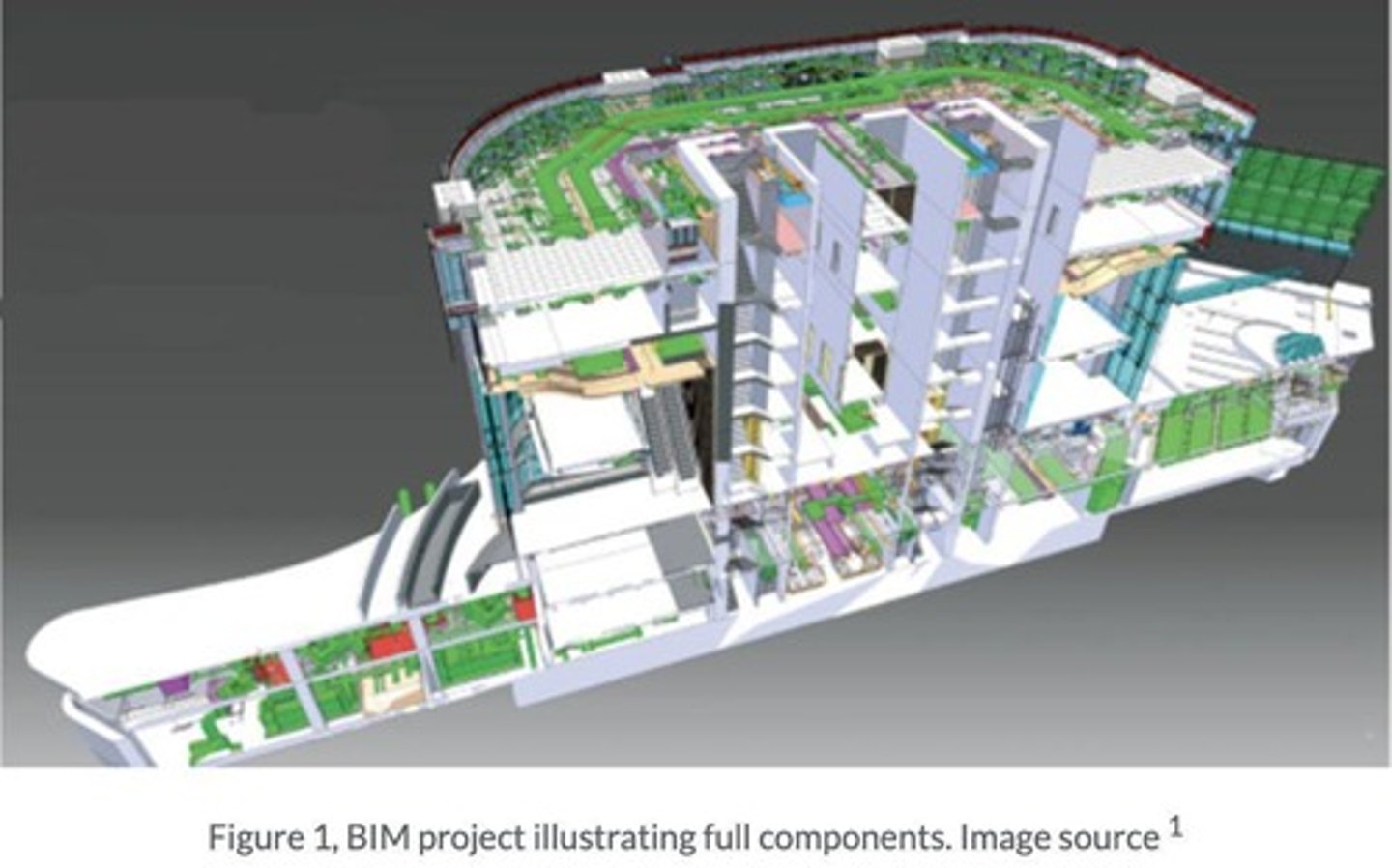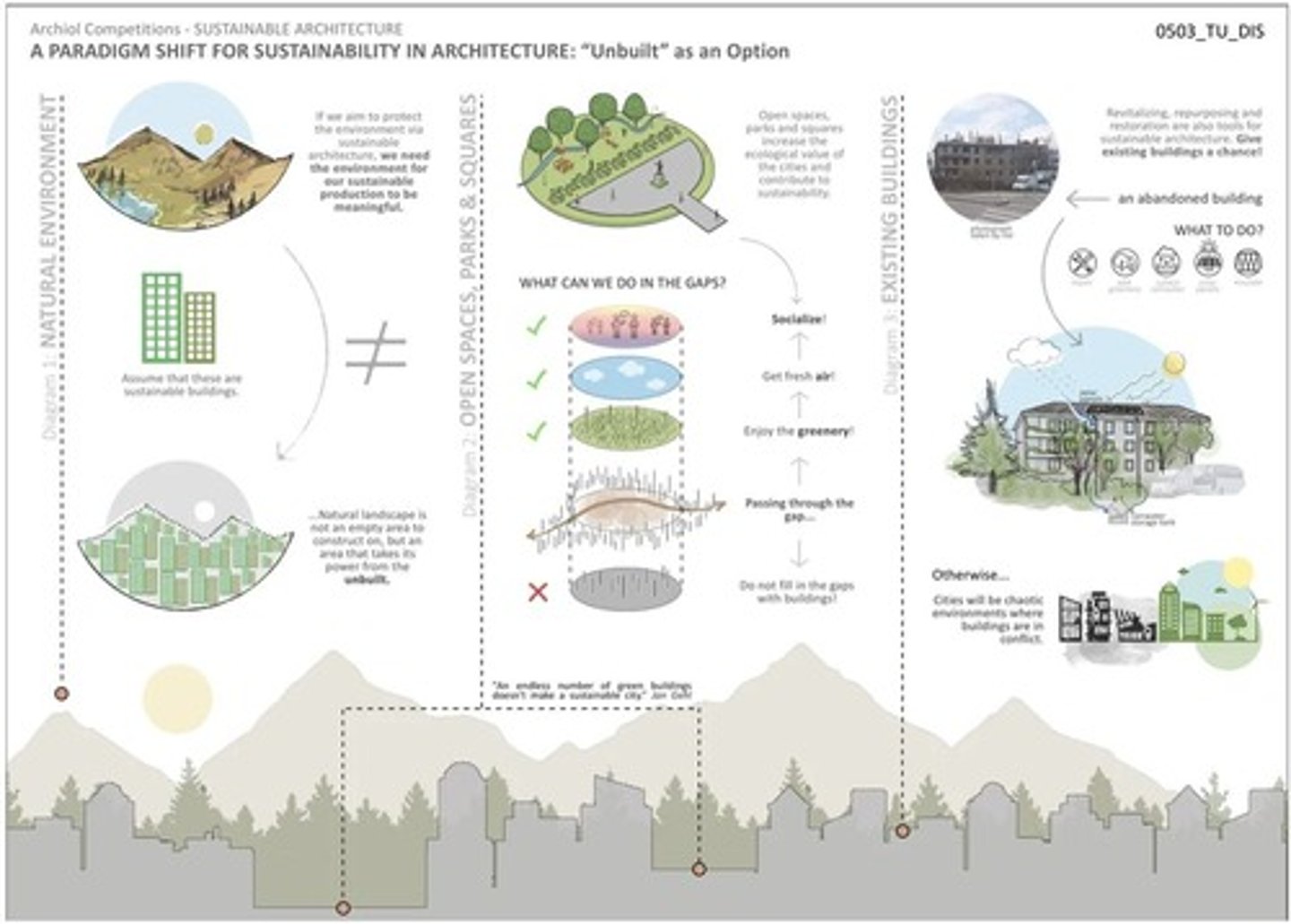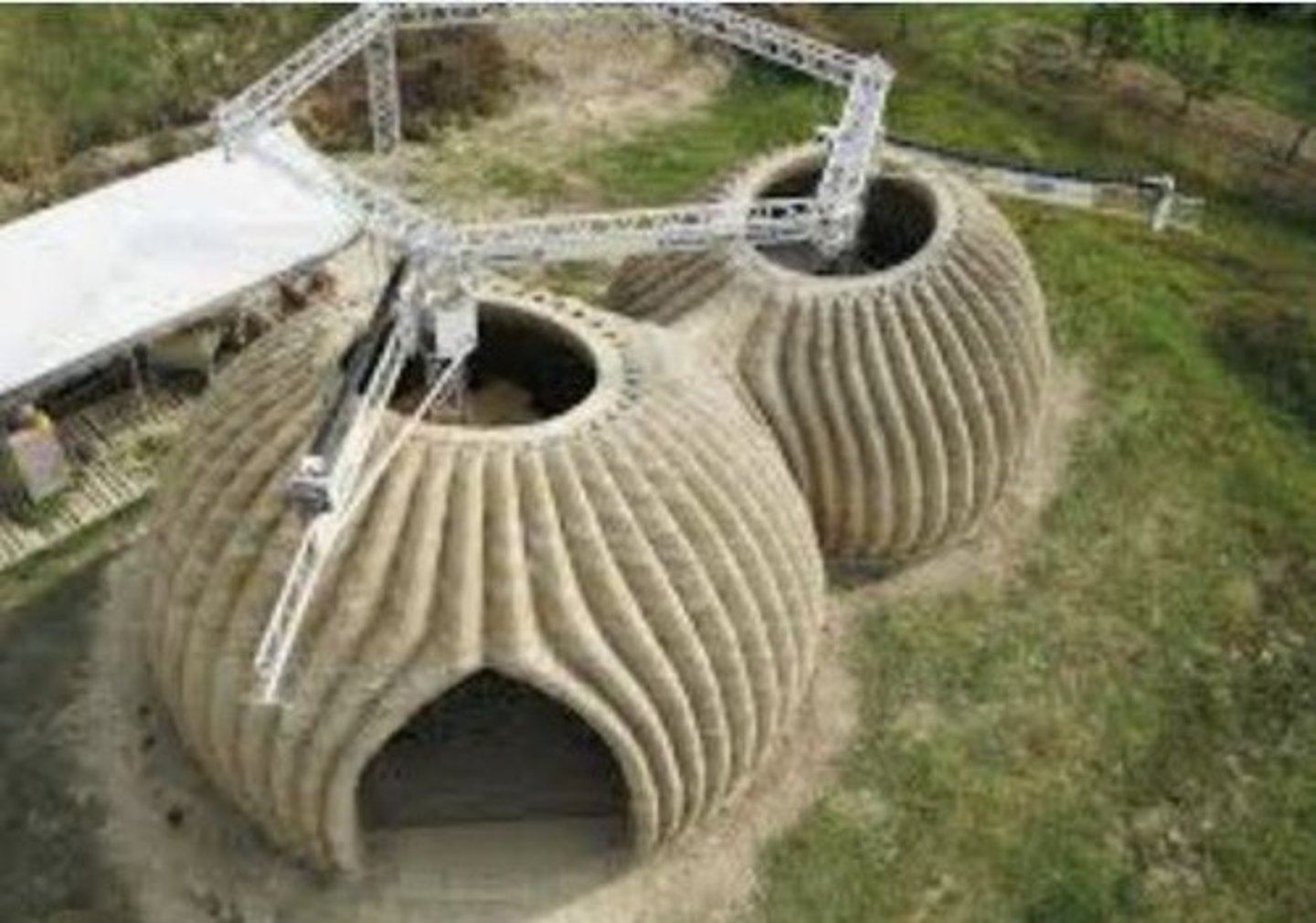Theory of Architecture 2: Key Concepts and Approaches
1/66
There's no tags or description
Looks like no tags are added yet.
Name | Mastery | Learn | Test | Matching | Spaced |
|---|
No study sessions yet.
67 Terms
TOA 1
Focuses on basic architectural concepts.
TOA 2
Explores advanced architectural concepts.
Architectural Theory
Thinking and discussing architecture's principles.
Design Philosophy
Driving force behind a designer's work.
Design Approach
Guides the project from start to finish.
Spatial Perception
Understanding space through human experience.
Formal Perception
Recognition of shapes and forms in design.
Design Process
Methodical approach to architectural creation.
Architectural Manifesto
A declaration of design principles and beliefs.
Adaptive Reuse
Transforming existing structures instead of demolishing.
Sustainability in Architecture
Designing with environmental and resource considerations.
Social Factors in Design
Impact of society on architectural choices.
Material Processes
Techniques used in construction and design.
Visual Emphasis
Focus on aesthetics in architectural design.
Functional Emphasis
Prioritizing usability in architectural projects.
Community Relationships
Interactions between architecture and social groups.
Technological Influence
Impact of technology on architectural practices.
Environmental Parameters
Natural factors affecting architectural design.
Balkrishna V. Doshi
Architect emphasizing ethics in architecture.
Riken Yamamoto
Architect highlighting public-private realm kinship.
Lacaton & Vassal
Advocates for sustainability through adaptive reuse.
Contemporary Design Thinking
Current trends influencing architectural design.
Design Approach
A method guiding the creative strategy for projects.
Practical Approach
Traditional problem-solving using efficient materials.
Experiential Approach
Focuses on immersive user experiences in design.
Integrated Design Approach
Collaboration of multidisciplinary experts in projects.
Sustainable Approach
Design minimizing environmental impact from inception.
LEED Certification
Validation for eco-friendly building practices.
Design Strategy
An overarching plan from concept to execution.
Project Goals and Objectives
Specific aims guiding the design process.
Environment and Site Analysis
Assessment of location's impact on design.
User Needs
Consideration of end-user requirements in design.
Aesthetic Vision
Artistic intent guiding the visual aspects.
Material and Technology
Selection of appropriate resources for construction.
Regulatory Compliance
Adherence to laws and standards in design.
Budget and Schedule
Financial and time constraints influencing design.
Optimize Site Potential
Maximizing the advantages of a given location.
Renewable Energy Consumption
Minimizing reliance on non-renewable energy sources.
Water Conservation
Strategies to protect and manage water resources.
Indoor Environmental Quality
Enhancing comfort and health within buildings.
Operational and Maintenance Practices
Efficient management of building functions post-construction.
Passive Cooling
Natural methods to reduce indoor temperatures.
A Pattern Language
Framework for design based on recurring solutions.
Architectural Paradigms
Typical examples or models in architectural design.
Architectural Paradigm Shift
A fundamental change in architectural design approach.
Multiplicity of Identities
Emphasizes diverse identities over singularity in architecture.
Variation and Movement
Encourages dynamic changes in architectural forms.
Historical Distinction
Differentiates from traditional architectural classifications.
New Knowledge Form
Rejects binary oppositions in architectural thought.
BIM
Building Information Modeling enhances design efficiency.

Parametric Design
Design method using parameters for form generation.
Autodesk Generative Design
Software that optimizes design through algorithms.
Rhino-Grasshopper
Tool for parametric modeling in architecture.
AI in Architecture
Automates design processes, enhancing creativity and feasibility.
Green Paradigm Shift
Focus on sustainability in architecture and construction.

Ecological Awareness
Recognition of environmental impacts in design.
Sustainable Design
Design that minimizes environmental harm.
Refurbishment
Renovating existing structures instead of new construction.
Intelligent Cities
Urban areas utilizing data for improved functionality.

Data Mining
Extracting useful information from large datasets.
Walkability
Measure of how friendly an area is to walking.
3D Printing in Construction
Technology that creates structures layer by layer.

Material Optimization
Efficient use of materials in construction processes.
Design Process Stages
Sequential phases in architectural design development.
Iterative Design Process
Continuous refinement through repeated testing and feedback.

Post-Occupancy Evaluation
Assessment of building performance after occupancy.
Critical Thinking in Design
Evaluating and improving design through analysis.